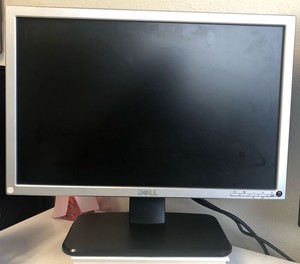

If you can't see the desktop and instead see a blue, black, or blank screen, see Troubleshoot blue screen errors or Troubleshoot black or blank screen errors. Operating Systems Windows, Windows 98, Windows 2000, Windows XP Additional Requirements Windows NT 4 SP 6 Windows 2003 SP 1 Windows XP AMD 64-bit Windows XP 64-bit SP 1 Windows NT.

Windows will attempt to reinstall the driver. Right-click (or press and hold) the name of the device, and then select Uninstall. If you want the latest hardware drivers, be sure to go open Windows Update, check for updates, and install any available hardware driver updates. On Windows 7, 8, and 8.1, hardware drivers appear in the Windows Update interface as an optional update. If Windows doesn't find a new driver, you can try looking for one on the device manufacturer's website and follow their instructions. You don’t need a driver-updating utility because Windows has one built-in. Select Search automatically for updated driver software. Select a category to see names of devices, then right-click (or press and hold) the one you’d like to update. In the search box on the taskbar, enter device manager, then select Device Manager. You probably already have the most recent drivers, but if you'd like to manually update or reinstall a driver, here's how: Before you beginĭriver updates for Windows, along with many devices, such as network adapters, monitors, printers, and video cards, are automatically downloaded and installed through Windows Update. If you are having problems with Windows Update, you might see if any of the links at Update Windows can help you out first. Note: The best and safest way to get driver updates in Windows is always through Windows Update.


 0 kommentar(er)
0 kommentar(er)
